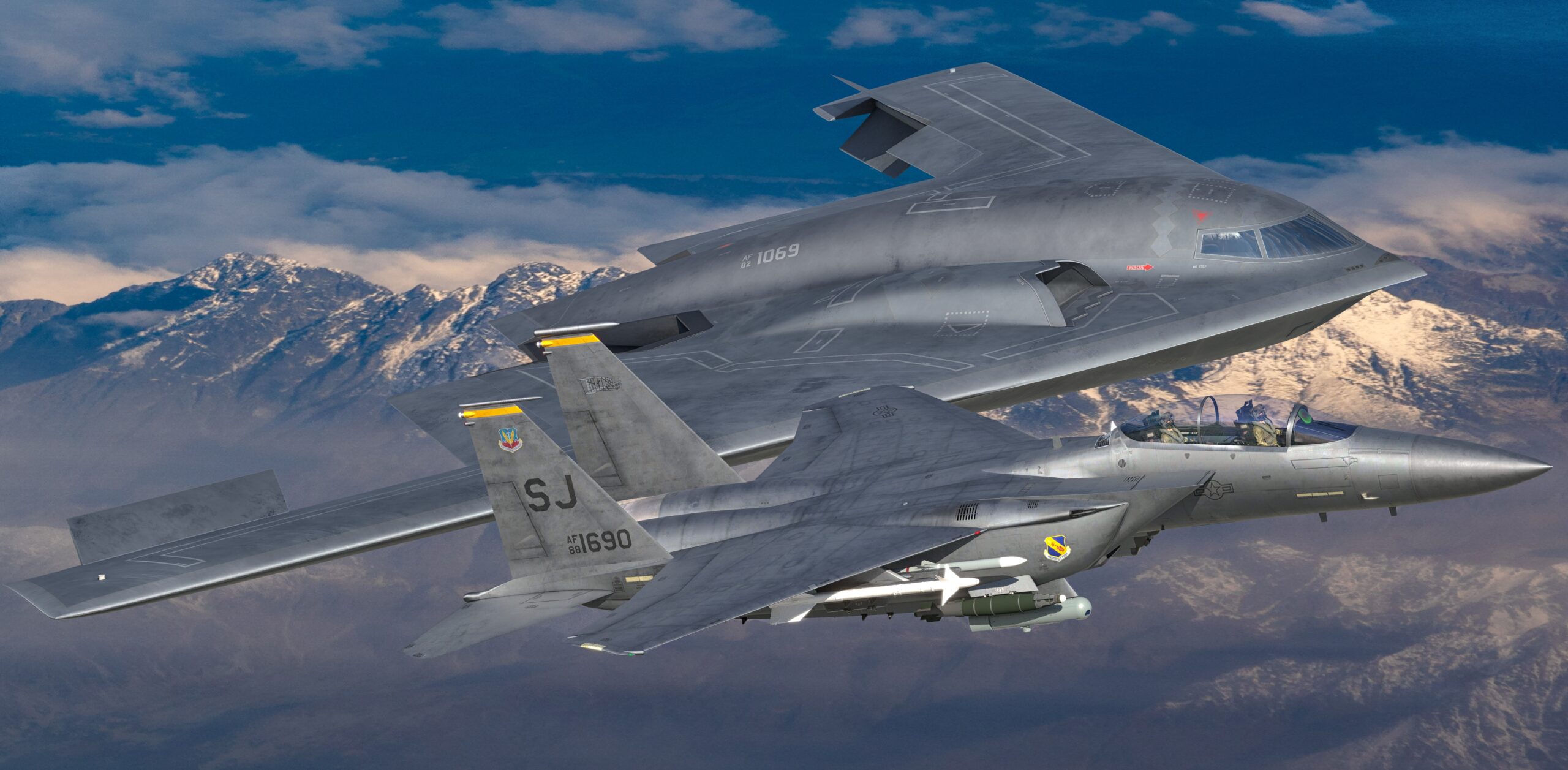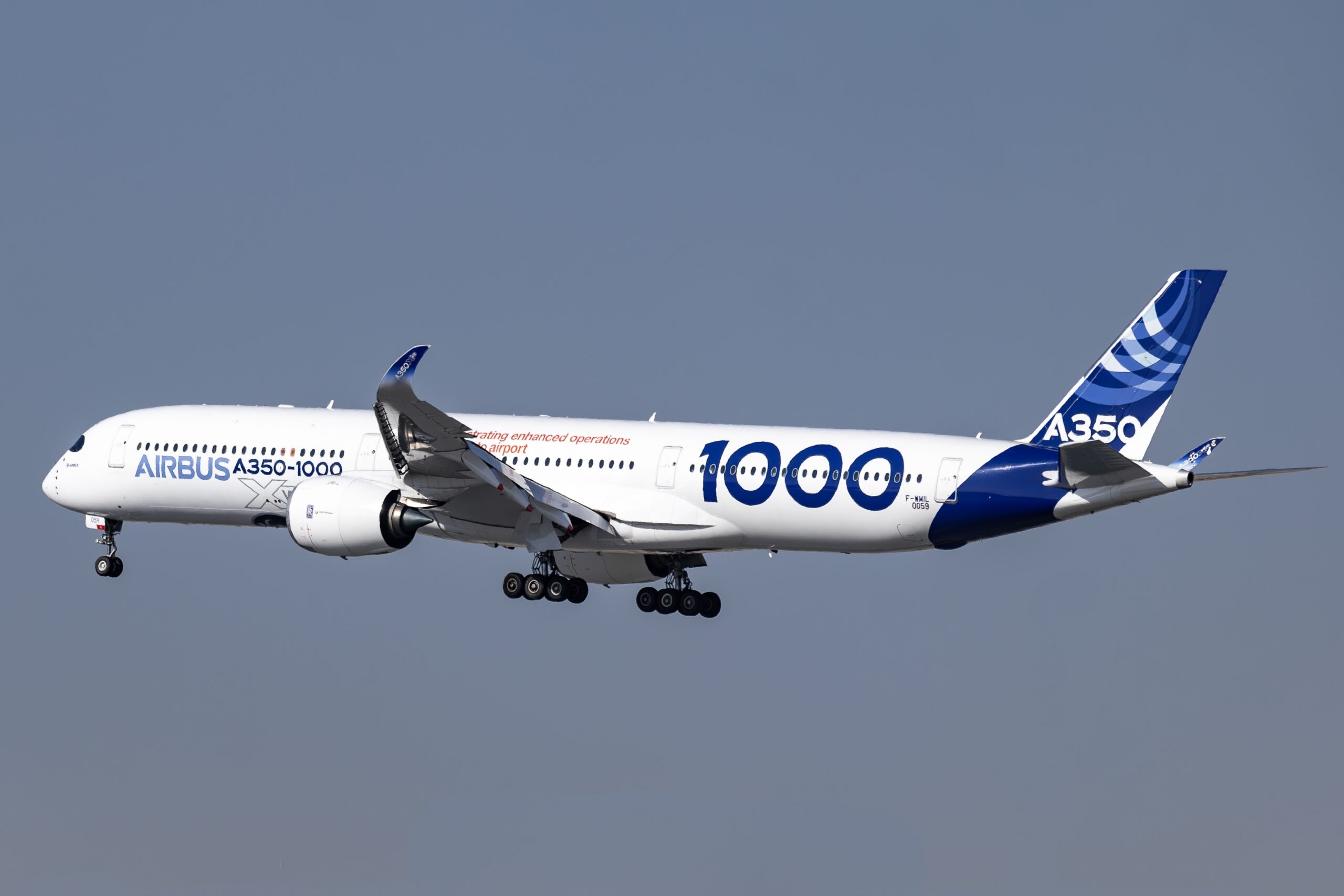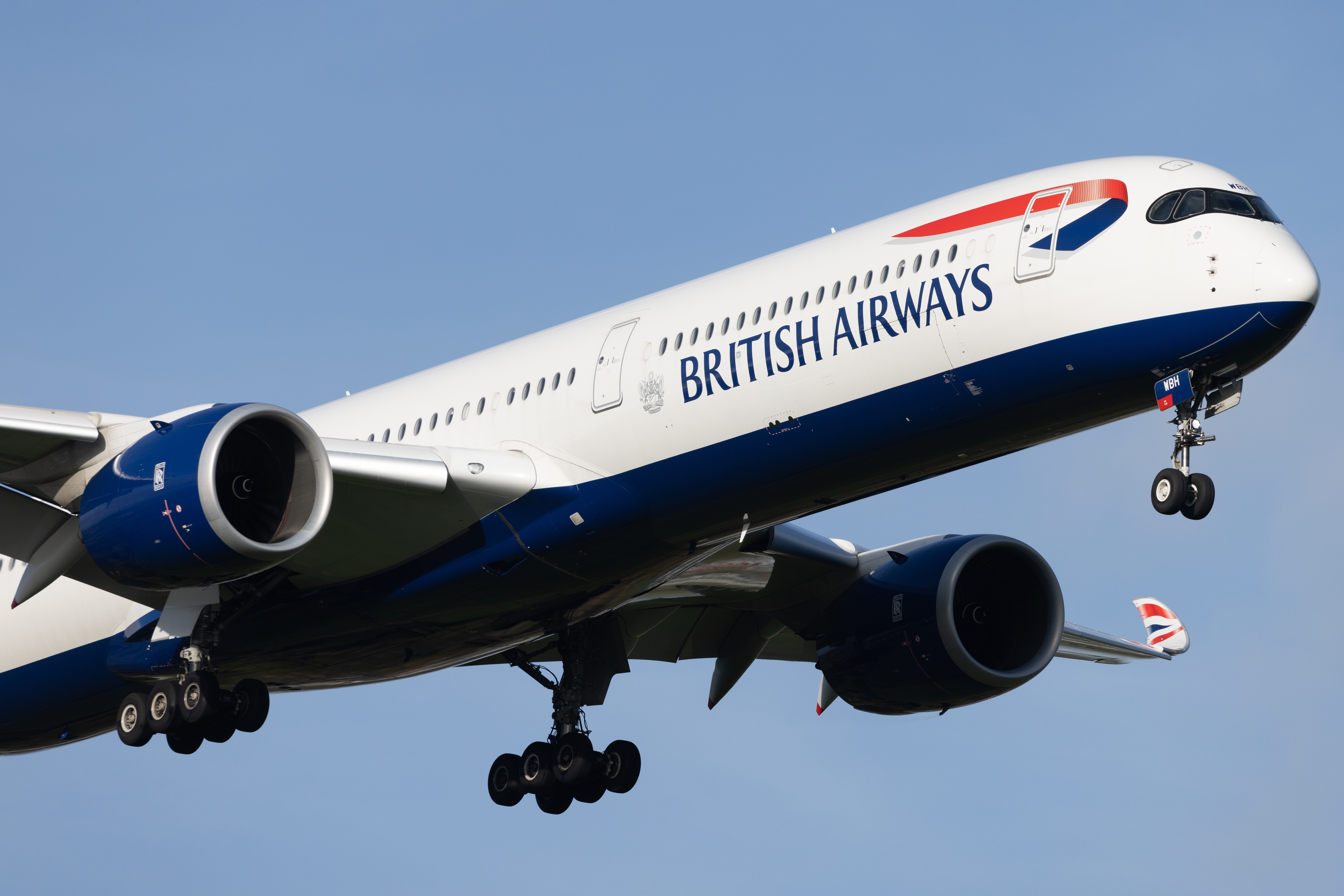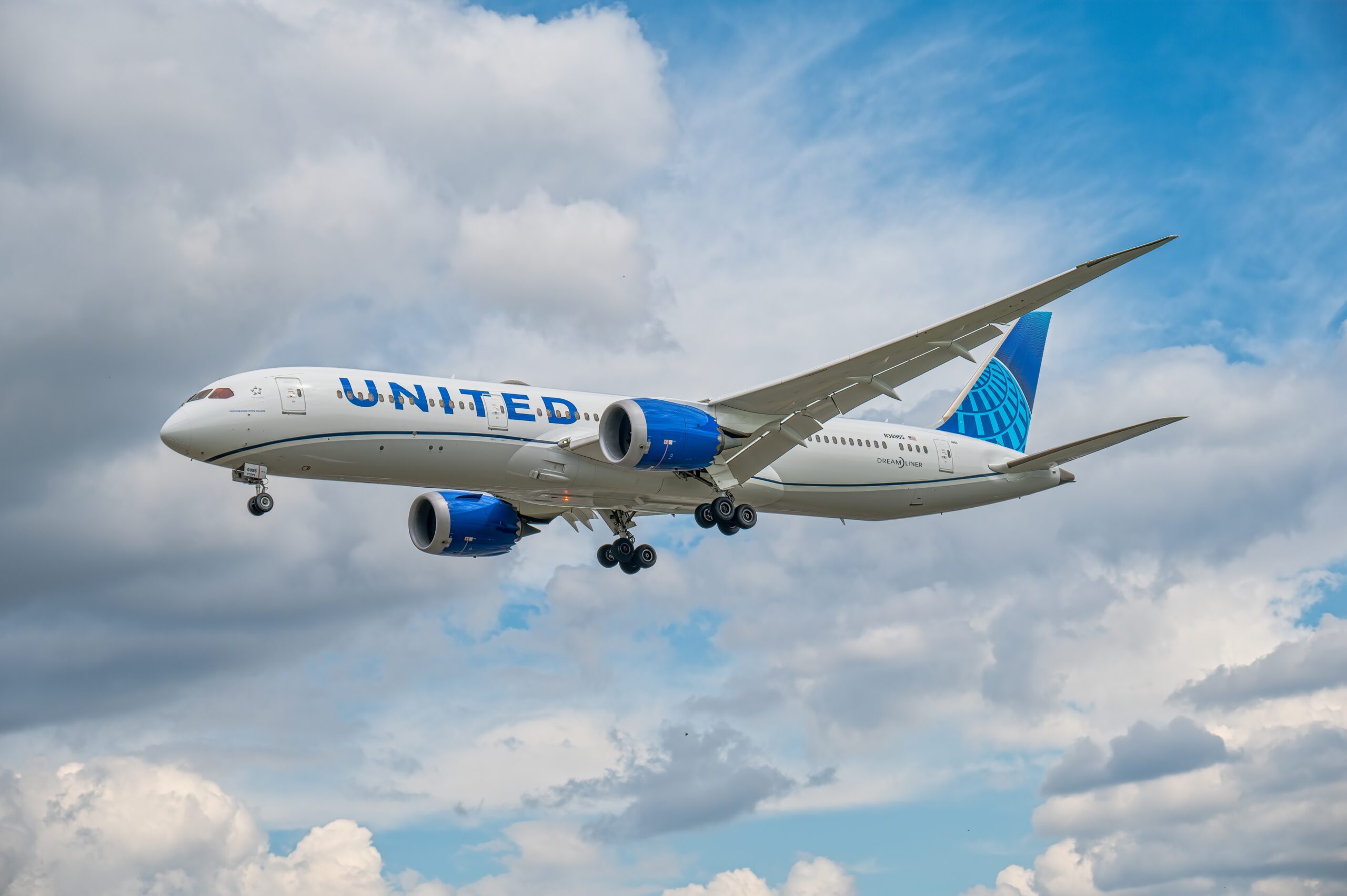MD-11 and FedEx: An Aviation Powerhouse
MD-11 and FedEx: An Aviation Powerhouse
The MD-11 is a three-engine jet aircraft built by McDonnell Douglas. It had its first flight in January 1990. The aircraft was designed for both passenger and cargo roles. Its versatility drew the attention of many airlines and cargo operators.
FedEx, one of the world’s leading courier companies, quickly became one of the MD-11’s largest operators. The airline recognized its large cargo capacity and long-range capabilities. This made it an ideal choice for their expansive global network.
Capabilities of the MD-11
The MD-11 has impressive specifications. It can carry up to 200,000 pounds of freight. The aircraft can travel up to 6,840 nautical miles non-stop. This makes it suitable for long-haul routes. Its trijet design allows for better fuel efficiency compared to four-engine aircraft.
The cargo version of the MD-11 has a large main deck. It utilizes side-by-side loading, maximizing usable space. The lower deck can also accommodate additional cargo, increasing overall capacity.
Technical Specifications
- Length: 202 feet
- Wingspan: 169 feet
- Maximum Takeoff Weight: 630,500 pounds
- Range: 6,840 nautical miles
- Cruising Speed: Mach 0.82
FedEx and the MD-11
FedEx started integrating the MD-11 into its fleet in the early 1990s. Over time, it became a staple in their operations. FedEx aimed to meet increasing demands for fast global shipping. The MD-11’s features supported this objective.
The aircraft’s reliability and range allowed FedEx to establish non-stop services between key hubs. Cities like Memphis, Paris, and Tokyo saw regular MD-11 flights. This helped enhance service reliability and delivery times.
FedEx also implemented several modifications to optimize the MD-11 for cargo operations. These included upgrading avionics for better navigation and communication. Structural reinforcements were made to handle heavier loads. The addition of advanced loading systems enabled quicker turnaround times.
Operational Efficiency
The operational efficiency of the MD-11 made it a valuable asset for FedEx. The aircraft’s fuel efficiency was crucial amid rising fuel costs. It ensured lower operational expenses. Maintenance schedules were optimized to minimize downtime.
FedEx invested in pilot training programs for the MD-11. This ensured that their crew could handle the aircraft skillfully. Continuous assessment and upgrades to the training modules were carried out. This enhanced overall operational safety and efficiency.
Maintenance and Upgrades
- Regular Avionics Upgrades
- Structural Reinforcements
- Advanced Loading Systems
- Optimized Maintenance Schedules
The MD-11’s Legacy
Despite the introduction of newer and more advanced aircraft, the MD-11 has left a lasting legacy. Its versatility and reliability set it apart during its service years. FedEx, among other operators, benefitted immensely from its features.
The MD-11 demonstrated the importance of efficient design in the aerospace industry. It played a key role in shaping modern cargo transportation. The aircraft will be remembered as an integral part of FedEx’s history.
Transition to Newer Aircraft
In recent years, FedEx has gradually phased out the MD-11 in favor of more fuel-efficient models. Aircraft like the Boeing 777F and Boeing 767F are now being used. These newer models offer significant improvements in fuel efficiency, range, and payload capacity.
FedEx’s decision to transition is driven by environmental considerations and operational cost reductions. While the MD-11 served admirably, advances in technology offered better alternatives. The newer aircraft align with FedEx’s sustainability goals.
Replaced by New Models
- Boeing 777F: Extended range and lower fuel burn
- Boeing 767F: High payload and efficient operations
- Airbus A330-200F: Advanced avionics and cargo systems
Role in Aviation History
The MD-11 has secured a prominent place in aviation history. Its contribution to both passenger and cargo transportation is notable. The aircraft showcased the balance between design innovation and operational efficiency.
For FedEx, the MD-11 enabled expansion into new markets. It supported the introduction of robust international routes. The collaboration between McDonnell Douglas and FedEx is a testament to successful strategic partnerships in aviation.
Although its time with FedEx is coming to an end, the MD-11’s impact remains. It exemplifies how engineering and strategic operational use can create industry milestones. Its legacy will continue to influence future aircraft designs.






